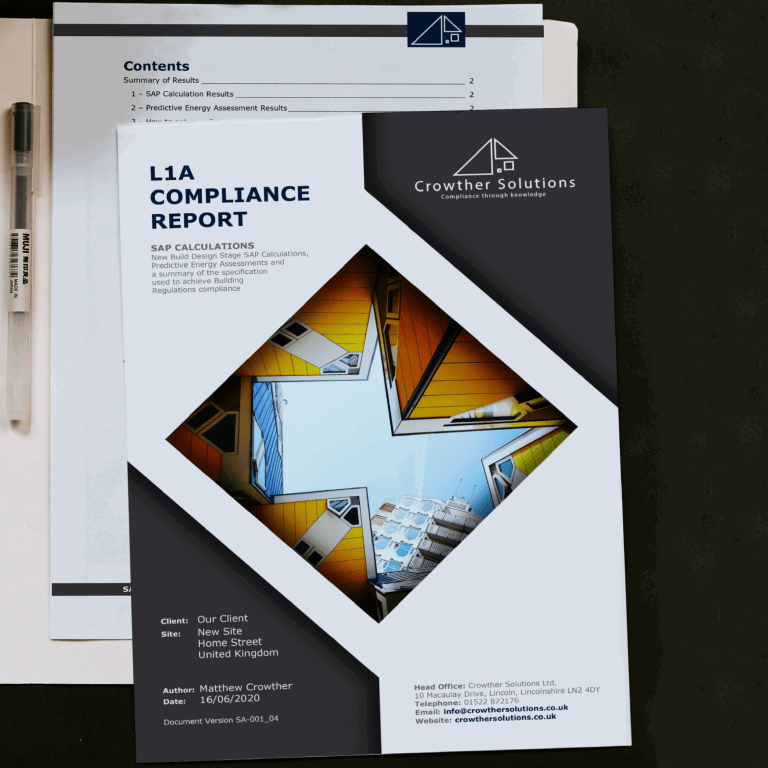SAP Calculation

Making SAP calculations work for you!
Approved Document L1A and L1B of the Building Regulations sets out targets in relation to CO2 and fabric energy efficiencies. To demonstrate compliance the governments Standard Assessment Procedure (SAP) is used to calculate the buildings estimated emissions and efficiencies. The calculation is also used to generate the governments targets.
The SAP calculation takes into account the heating, hot water, lighting and ventilation. At Crowther Solutions we will input what you would like to specify in these areas into our calculation and if you are not at your target will provide advise and guidance to get you to your targets.
An accredited On Construction Energy Assessor (OCDEA) has been trained to use one of the approved SAP calculation software. At Crowther Solutions we are not only accredited we are also extremely knowledgeable and have a wider understanding on the affects that this calculation has on and off site.
We can assist you with the following saving you time and the potential risks in assuming a specification meets Building Regulations:
- U-Value calculations for walls, floors, roof, windows and doors.
- Heating and hot water system efficiencies and types.
- Secondary heating systems.
- Ventilation systems.
- Renewable technologies.
- Target air leakage rates.
- Thermal bridging calculations.
If you are unsure as to whether or not you need a SAP calculation please contact us and we would be happy to run through your project and ascertain what services we can assist you with.
New Dwelling SAP Calculation
In a new home the SAP calculation is used to demonstrate that the Dwelling Emission Rate (DER) and Design Fabric Energy Efficiency (DFEE) meet the Target Emission Rate (TER) and Target Fabric Energy Efficiency (TFEE).
Getting the SAP calculation carried out as early as possible will allow us to work with you to hit Building Regulations targets and provide invaluable information at the correct time.
We always carry out additional calculations to more accurately model the properties. This in turn allows us to help eliminate the need for unnecessary specification increases.
Conversion and Extensions
For conversions and extensions two SAP calculations are modelled. One to demonstrate how your property performs when built to minimum Building Regulations Part L1B U-Values and a proposed a notional building to compare against that we call Notional Emission Rate (NER).
We allow for calculating both the proposed and notional models as well as all the required U-Value calculations.
The proposed calculation allows us to work with you to offset emissions where needed. This can save you a considerable amount of money trying to achieve compliance through other means.